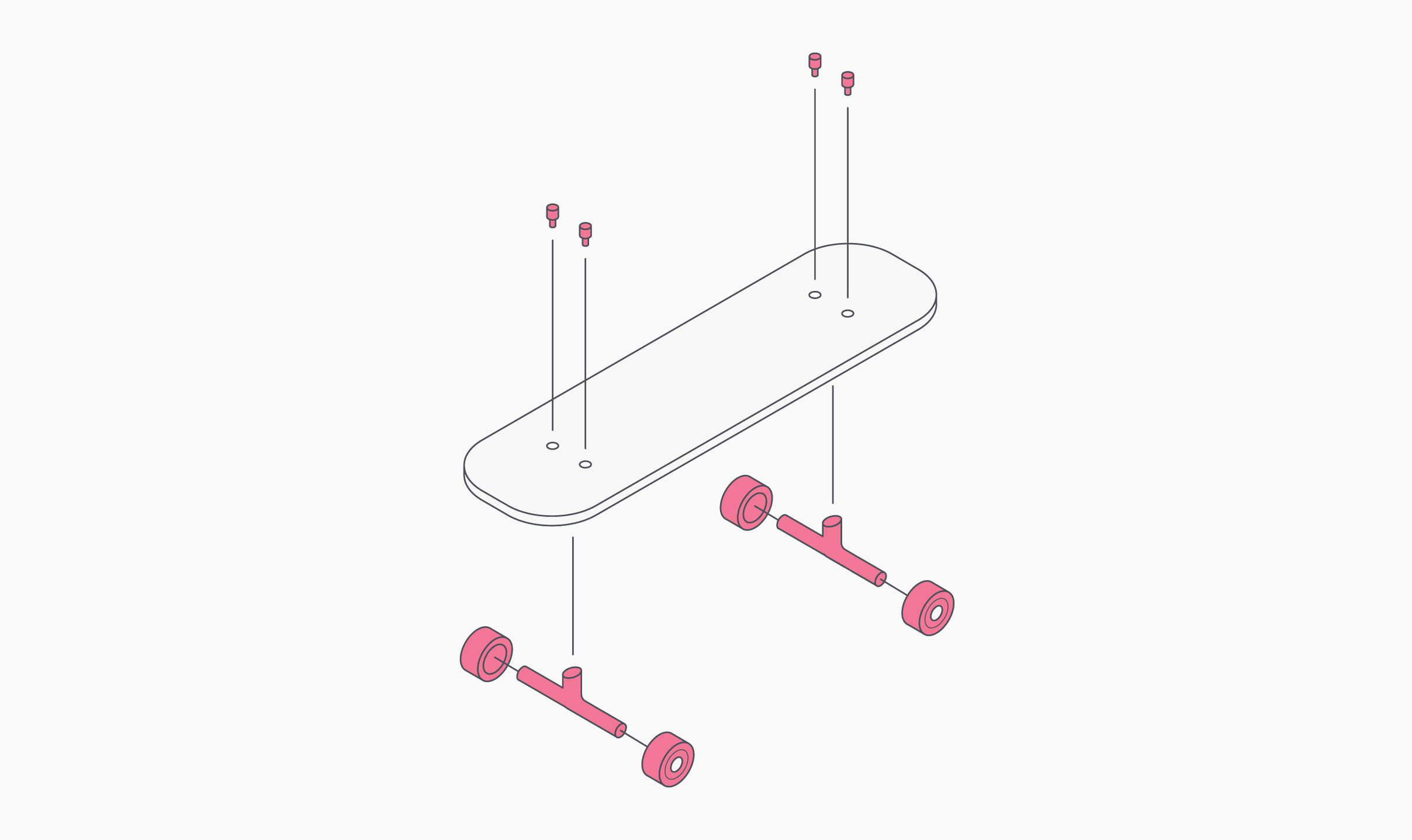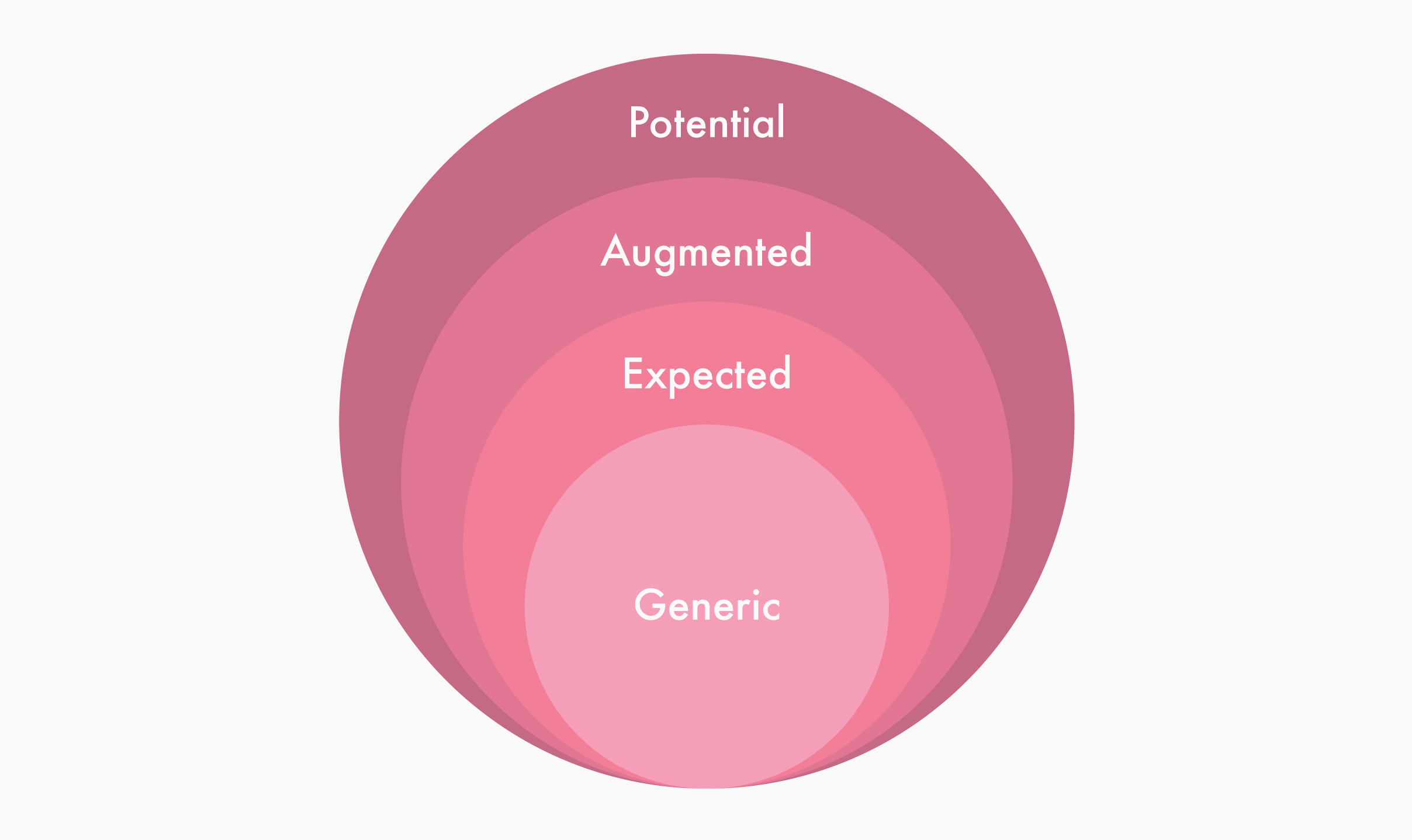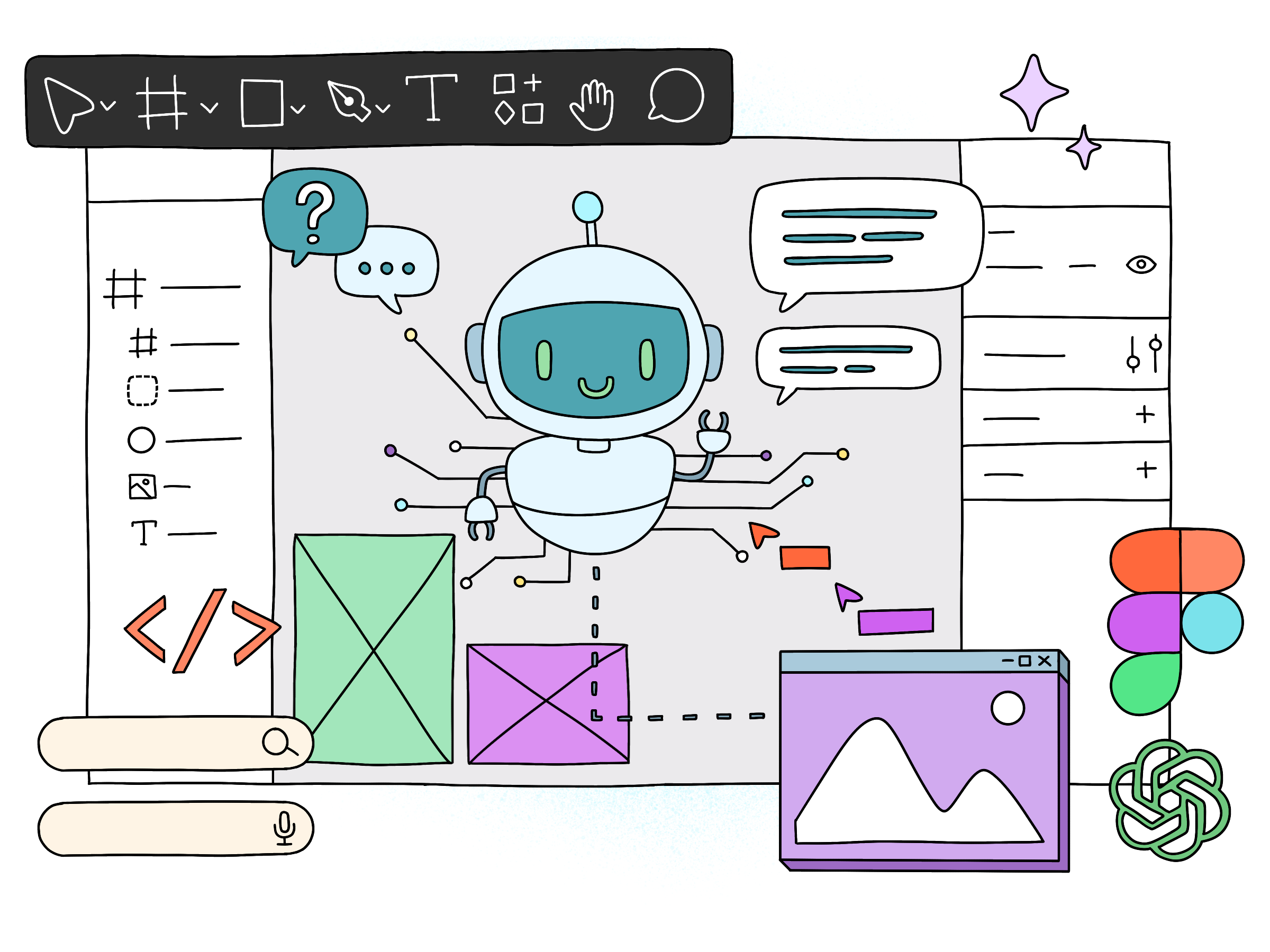
The Whole Product Concept
When developing a product or a service, you’ll quickly realize that just the physical form is never enough on its own; many different dimensions are indeed involved in this process. A Whole Product is essentially the full package you need to launch that product or service. Understanding this marketing concept is crucial for your Product Strategy and Growth Marketing and the eventual success of your business.
Understanding the Whole Product concept
A core product is a tangible generic experience for the customer. In marketing, a Whole Product is the augmentation of that core product by any additional elements necessary for the product to bring product value for the target-user. It includes everything that is required to complete the product, so it becomes the solution for your customer needs, and it gives them a reason to buy and use your product. Without this process of augmentation, your generic product wouldn’t be useful or bring any proper value to your target. The Whole Product concept is the connecting link between the marketing promise your brand makes, and your product’s actual ability to deliver on that promise.

Why is “Whole Product” important?
If you are viewing your product as just one particular item, you’ll fail to not only understand your whole product experience but also how and why your costumers choose and use your product. With that, you’ll also miss gaps in where your product fails to meet the specific needs of the users; and how the competition is filling in those gaps.
Understanding your Whole Product can offer significant benefits for your product design and development, helping you with the decision-making process and keeping you on track. You’ll be able to successfully decide which additional parts and dimensions should be added to your core product to deliver the most value in the market, eliminating the competition.
Defining your Whole Product
When defining your Whole Product, it’s crucial to not only think about your product, but also your business and brand. You need to have an extensive understanding of every facet that contributes in some way to the success of your product. These facets tend to vary from product to product; however, they often include things like Growth Marketing, Lead Funnel, and Sales and Developer Enablement. It’s also necessary to reflect on what your customer expects to be delivered versus what your product actually offers; what problems it manages to solve or fails to do it. You might not have direct control over all these aspects, but the moment you gather this knowledge, you’ll be able to influence in some way every area regardless of control.
Having this “Whole Product” view can provide you with an ideal strategic and tactical work plan for your product development process. It can help you visualize opportunities to optimize and improve your product value and customer experience.
The Whole Product Model
The Whole Product Model is divided into four different levels:
- Generic Product: This is the product that is shipped in the box when the purchase has been made.
- Expected Product: This is the product that the consumer believes they bought when they purchased the Generic Product.
- Augmented Product: This is the idealized form of the product, that achieves the ultimate goal and mission, answering to all the customer needs and guarantees the buying objective.
- Potential Product: This is your product’s room for improvement and growth, where new business facets can complement it.
(Ravi Kumar, Apr 2017)





